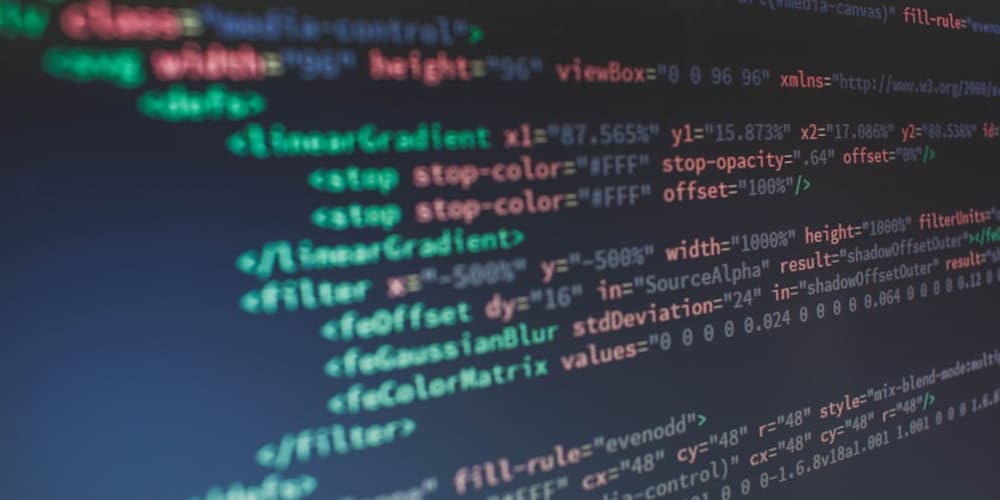Learn how to implement debouncing in JavaScript with practical examples and tips. Master the debounce function and improve your web performance.
please subscribe to my YouTube channel to support my channel and get more web development tutorials.
In this comprehensive guide, we will explore debouncing in JavaScript, understand its importance, and learn how to implement it effectively. Whether you are a beginner or an experienced developer, mastering debouncing can significantly improve your web performance.
Debouncing is a programming practice used to ensure that a time-consuming task does not fire so often, improving performance and user experience. It's particularly useful in scenarios like window resizing, button clicking, or form input events, where multiple rapid events need to be controlled.
What is Debouncing?
Debouncing is a technique to limit the rate at which a function is executed. When multiple events are triggered in quick succession, the debounce function will ensure that only the last event in the series triggers the function execution after a specified delay.
Why Use Debouncing?
- Performance Optimization: Prevents performance issues by reducing the number of times a function is called.
- Enhanced User Experience: Avoids the clutter of repeated actions, providing a smoother experience.
- Network Efficiency: Reduces unnecessary network requests when used with event handlers like input fields for live search.
How Debouncing Works
Imagine a user typing in a search box that triggers an API call for each keystroke. Without debouncing, each keystroke would result in a new API call, flooding the network with requests. With debouncing, only the final input after the user stops typing for a specified duration will trigger the API call.
Implementing Debouncing in JavaScript
Here is a simple implementation of a debounce function:
function debounce(func, wait) {
let timeout;
return function executedFunction(...args) {
const later = () => {
clearTimeout(timeout);
func(...args);
};
clearTimeout(timeout);
timeout = setTimeout(later, wait);
};
}
Usage Example
Let's see how we can use the debounce function in a real-world scenario:
<!DOCTYPE html>
<html lang="en">
<head>
<meta charset="UTF-8">
<meta name="viewport" content="width=device-width, initial-scale=1.0">
<title>Debouncing Example</title>
</head>
<body>
<input type="text" id="searchBox" placeholder="Type to search...">
<script>
const searchBox = document.getElementById('searchBox');
function fetchSuggestions(query) {
console.log('Fetching suggestions for:', query);
// Simulate an API call
}
const debouncedFetchSuggestions = debounce(fetchSuggestions, 300);
searchBox.addEventListener('input', (event) => {
debouncedFetchSuggestions(event.target.value);
});
function debounce(func, wait) {
let timeout;
return function executedFunction(...args) {
const later = () => {
clearTimeout(timeout);
func(...args);
};
clearTimeout(timeout);
timeout = setTimeout(later, wait);
};
}
</script>
</body>
</html>
In this example:
- An input field captures the user's input.
- The
fetchSuggestionsfunction is debounced with a delay of 300 milliseconds. - As the user types, the
debouncedFetchSuggestionsfunction is called, ensuring thatfetchSuggestionsis only executed once the user stops typing for 300 milliseconds.
Support My Work
If you enjoy my content and want to support my work, consider buying me a coffee! Your support helps me continue creating valuable content for the developer community.
Conclusion
Debouncing is a simple yet powerful technique to optimize the performance of web applications. By controlling the rate of function execution, it helps in reducing unnecessary computations and improving the overall user experience. Whether you're handling search inputs, resizing windows, or dealing with other rapid events, debouncing can be a valuable tool in your JavaScript arsenal.
Series Index
| Part | Title | Link |
|---|---|---|
| 1 | Ditch Passwords: Add Facial Recognition to Your Website with FACEIO | Read |
| 2 | The Ultimate Git Command Cheatsheet | Read |
| 3 | Top 12 JavaScript Resources for Learning and Mastery | Read |
| 4 | Angular vs. React: A Comprehensive Comparison | Read |
| 5 | Top 10 JavaScript Best Practices for Writing Clean Code | Read |
| 6 | Top 20 JavaScript Tricks and Tips for Every Developer 🚀 | Read |
| 7 | 8 Exciting New JavaScript Concepts You Need to Know | Read |
| 8 | Top 7 Tips for Managing State in JavaScript Applications | Read |
| 9 | 🔒 Essential Node.js Security Best Practices | Read |
| 10 | 10 Best Practices for Optimizing Angular Performance | Read |
| 11 | Top 10 React Performance Optimization Techniques | Read |
| 12 | Top 15 JavaScript Projects to Boost Your Portfolio | Read |
| 13 | 6 Repositories To Master Node.js | Read |
| 14 | Best 6 Repositories To Master Next.js | Read |
| 15 | Top 5 JavaScript Libraries for Building Interactive UI | Read |
| 16 | Top 3 JavaScript Concepts Every Developer Should Know | Read |
| 17 | 20 Ways to Improve Node.js Performance at Scale | Read |
| 18 | Boost Your Node.js App Performance with Compression Middleware | Read |
| 19 | Understanding Dijkstra's Algorithm: A Step-by-Step Guide | Read |
| 20 | Understanding NPM and NVM: Essential Tools for Node.js Development | Read |
Follow me for more tutorials and tips on web development. Feel free to leave comments or questions below!
Follow and Subscribe:
- Website: Dipak Ahirav
- Email: dipaksahirav@gmail.com
- Instagram: devdivewithdipak
- YouTube: devDive with Dipak
- LinkedIn: Dipak Ahirav




















